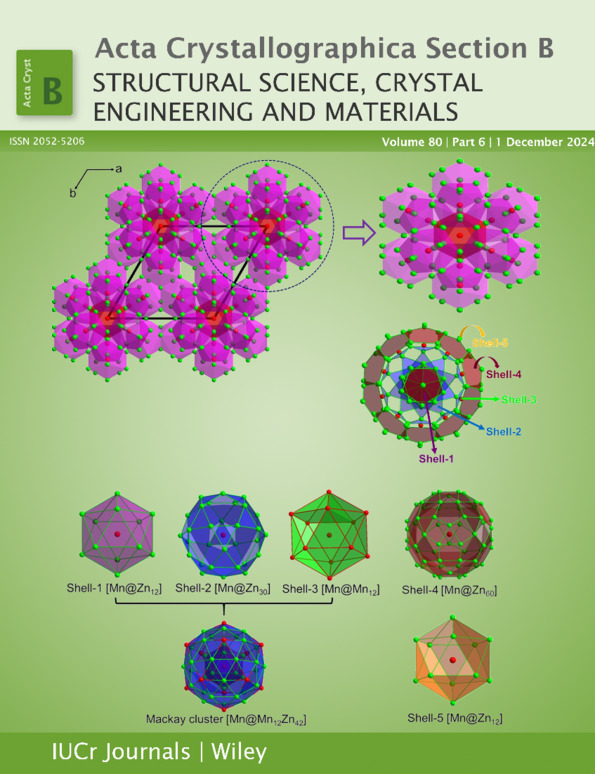Variable stoichiometry and a salt–cocrystal intermediate in multicomponent systems of flucytosine: structural elucidation and their impact on stability
Abstract
New cocrystals and a salt–cocrystal intermediate system involving the antifungal drug flucytosine (FCY) and various coformers including caffeic acid (CAF), 2-chloro-4-nitrobenzoic acid (CNB), hydroquinone (HQN), resorcinol (RES) and catechol (CAL), are reported. The crystal structures of the prepared multicomponent systems were determined through SC-XRD analysis and characterized by different solid-state techniques. All FCY multicomponent systems crystallize in anhydrous form with different stoichiometric ratios. The cocrystals FCY–HQN, FCY–RES and FCY–CAL crystallize in 2:0.5, 2:0.5 and 3:2 stoichiometric ratios respectively. In contrast, FCY–CAF and FCY–CNB crystallize in a 1:1 stoichiometric ratio. The FCY–CAF cocrystal is formed via an acid–pyrimidine heterosynthon. Due to the partial proton transfer from the acid group of CNB to FCY, a three-point homosynthon is observed between two FCY molecules and the molecules interact via an N—H…O hydrogen bond between FCY and CNB. In FCY phenolic cocrystals, a single-point O—H…O hydrogen bond is observed. The formation of cocrystals and salt–cocrystal intermediate was further confirmed by difference Fourier map analysis and bond angle differences. Except for FCY–CAL, all the multicomponent systems were reproduced in the bulk scale for further characterization. A detailed Crystal Structural Database search was carried out on the multicomponent systems of FCY with acid coformers and we evaluated the formation of cocrystals/salt based on the ΔpKa values, the difference in the bond distances and bond angles. Additionally, the prepared multicomponent systems exhibited hydration stability for one month under accelerated conditions [40 (2) °C and relative humidity 90–95 (5)%].




